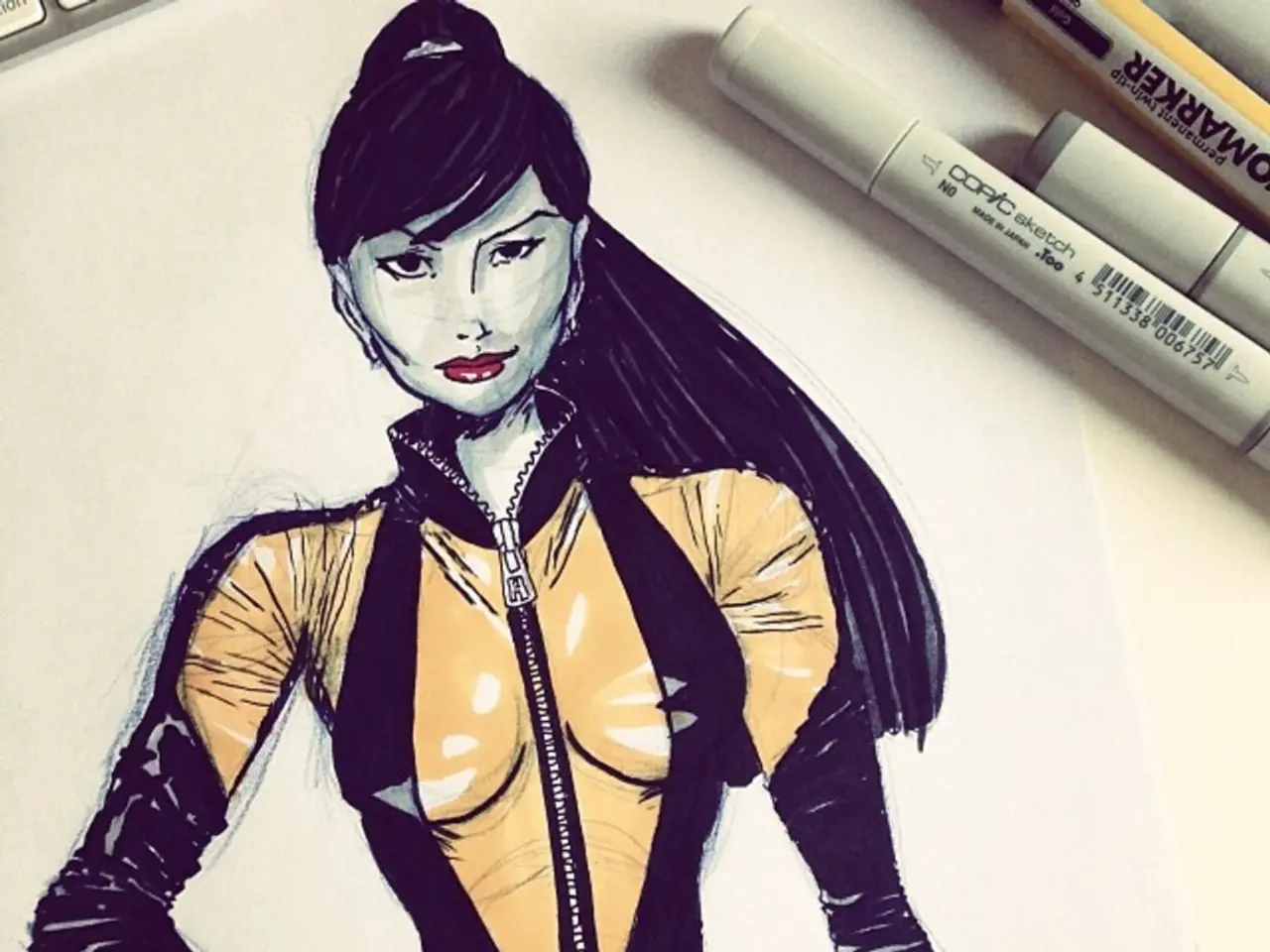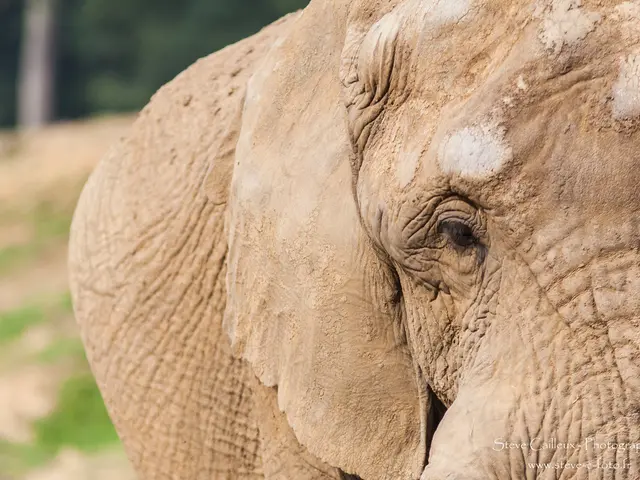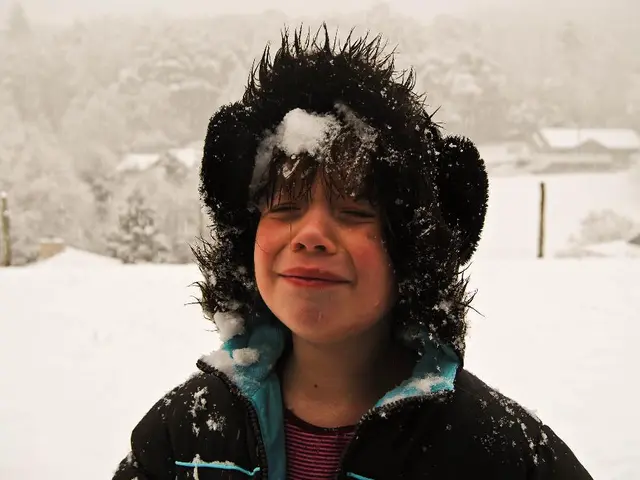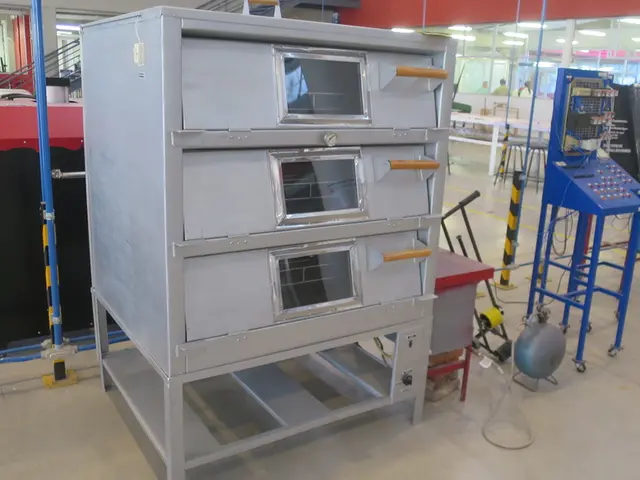Not involving myself in hunting activities!
In the heart of the Neander Valley near Mettmann, Germany, the first remains of a Neanderthal were discovered in 1856. This initial find, classified as a 'pre-flood human' by Naturalist Johann Carl Fuhlrott, marked the beginning of a fascinating journey into understanding our distant cousins.
For many years, the image of Neanderthals has been shaped by Eurocentric myths, portraying them as primitive, hairy, cave-dwelling wild men, often depicted with clubs. However, a special exhibition at the Neanderthal Museum in Mettmann, titled 'Stereotypes: Neanderthal Woman', aims to challenge these outdated perceptions.
The exhibition emphasises that Neanderthals were a distinct human species with language, culture, rituals, and social behaviour. They were not just hunters; children likely participated in gathering, hunting smaller animals, and making tools. The focus is on diversity and equality, including the role and representation of Neanderthal women.
Contrary to popular belief, gender roles and structures were not as dominant as thought in the 1970s in archaeology. Instead, they were oriented towards what individuals were socialised with. New methods, such as paleogenetics and protein analyses, have been developed to reconstruct genders from Neanderthal remains. Women and men have different hormone balances and form different proteins, which can be used to determine an individual's gender.
Despite these advancements, only two Neanderthal female pelvises have been found, limiting the comparative mass for studying female Neanderthals. This has led to a historical bias towards attributing most Neanderthal skeletons to male individuals. Approximately 600 Neanderthal skeletons are known, with most being attributed to male individuals due to socialization of researchers in the 20th century and lack of modern methods.
The feminist idea has entered archaeological research, with a focus on studying female individuals and their roles in Neanderthal society. The exhibition presents four characters from different times and geographical regions of the Neanderthals, offering a glimpse into their lives and challenging the image of Neanderthals as hunters and women as caretakers.
It's important to note that archaeology is a very object-based science, and early researchers assumed that robust bones and stone tools indicated a male Neanderthal, while jewelry indicated a female. However, this assumption is being re-evaluated as more research is conducted.
In the early years, men conducted Neanderthal research, and reconstructions of prehistoric gender roles were written by men of their time. This has led to a skewed perspective of Neanderthal society. However, organisations like the network Fem Arc are advocating for changes to increase the number of women in leadership positions at universities, hoping to bring a fresh, diverse perspective to archaeological research.
In conclusion, the 'Stereotypes: Neanderthal Woman' exhibition is a significant step towards a more accurate understanding of Neanderthal society. It encourages us to question our assumptions and to appreciate the diversity and complexity of our distant cousins. As research continues to evolve, we can look forward to a more nuanced and inclusive view of Neanderthal life.
Read also:
- Alcohol and Hormones - A Delicate Equilibrium Prone to Disruption
- Latest Principal Information Bureau Announcements on 12-09-2025
- Guidelines for resuming operations: Strategies for hotels to utilize their resources beneficially during the ongoing lockdown period
- Struggling Japanese women try to find a footing in the male-dominated realm of Japanese sumo wrestling








